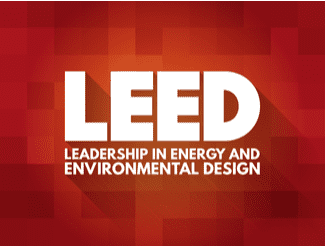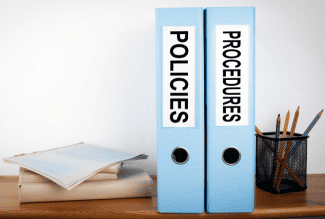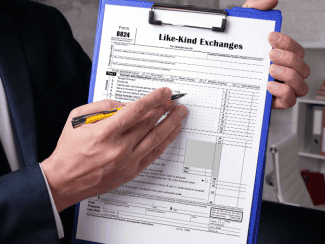LEED Multifamily Properties Get Higher Rents
LEED rent premiums average around 3.1%.

A Cushman & Wakefield analysis of two decades of CoStar data on Class A multifamily assets with 50 units or more note that between the first quarter of 2000 and fourth quarter of 2021, LEED rent premiums averaged 3.1%. Average rents for LEED assets peaked at 4.5% in Q4 2011 before moderating and then temporarily dropping to negative 2.1% at the beginning of the pandemic.
But “the LEED premium quickly rebounded to typical levels (3.0%) by Q4 2021, suggesting resilience in pricing as we continue through the recovery period,” the Cushman report notes.
While those rent premiums appear to come at a slight vacancy cost, as LEED assets have lower occupancy levels than non-LEED buildings, Cushman & Wakefield experts also note that “LEED rental premiums have been more powerful than the occupancy deficit.” Noting that LEED-certified assets were more impacted by the pandemic than non-certified assets, the report found that by Q4 2021 LEED-certified occupancy had “strongly rebounded.”
In addition, LEED-certified multifamily assets also fare better from an investment sales perspective. In the near-decade spanning 2012 to 2021 LEED-certified assets averaged a 9.4% sales premium – and maintained a 9.4% average premium, albeit with less oscillation.”
Overall, LEED assets across the core property sectors are outperforming their non-LEED counterparts, commanding a 21.4% higher average market sales price per square foot over their non-LEED counterparts over the past three years. And LEED-certified assets have also historically outperformed during recession-recovery periods. But Cushman experts say the data variability suggests that investors should be discerning “on a granular level considering market, vintage and quality, in addition to LEED-certified status.”
“For our part, we expect sustainability premiums to grow for multifamily assets, driven both by access to preferential financing (from the GSE programs as well as private lenders), the increasing incorporation of sustainability frameworks within institutional investment portfolios, and ultimately as sustainability features become more important differentiators to residents,” the report notes. “As the percentage of the multifamily inventory that includes sustainable commitments continues to grow, performance gains will also become clearer, including premiums for metrics such as cap rates.”
Source: GlobeSt.















 Accessibility
Accessibility